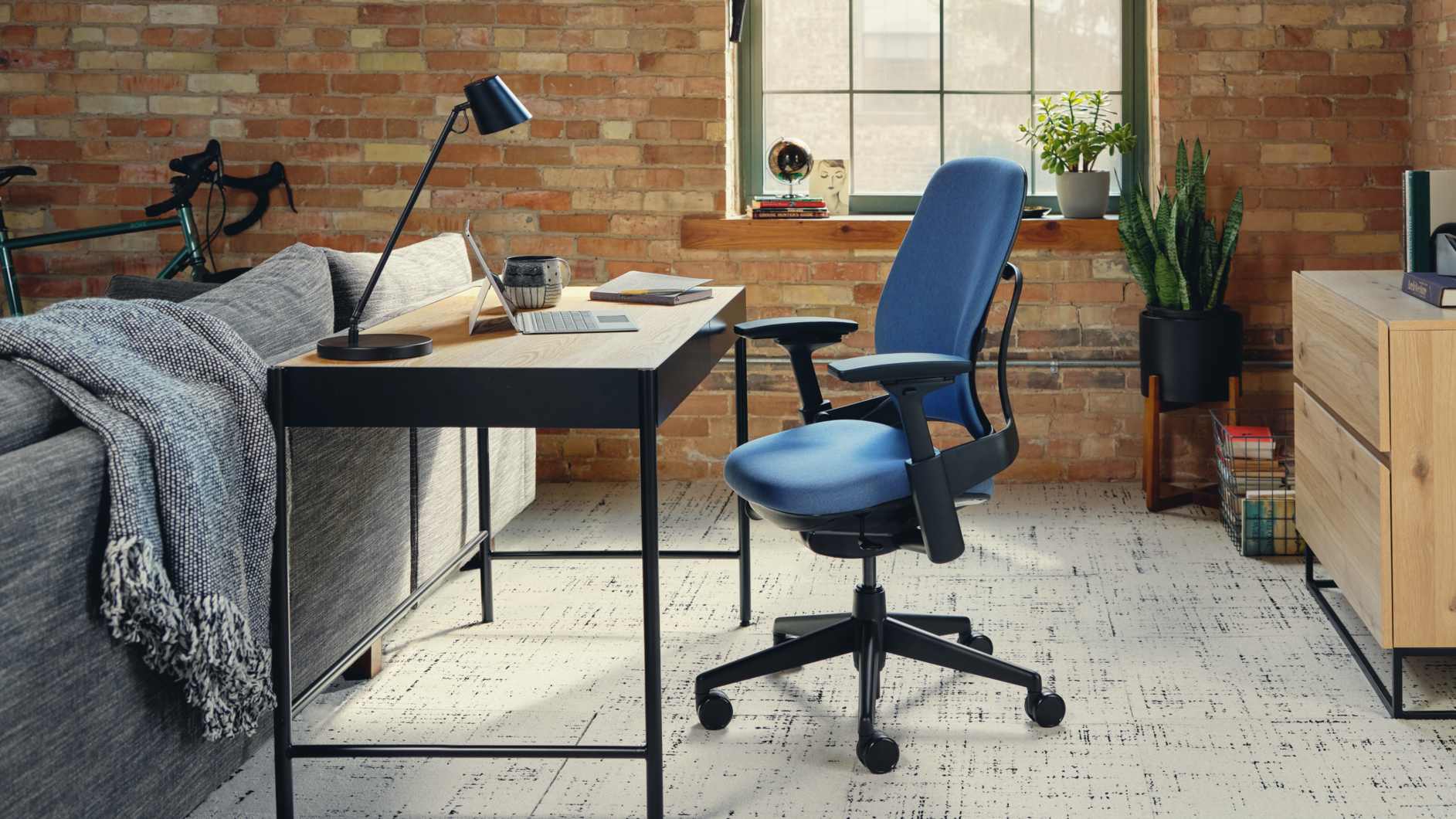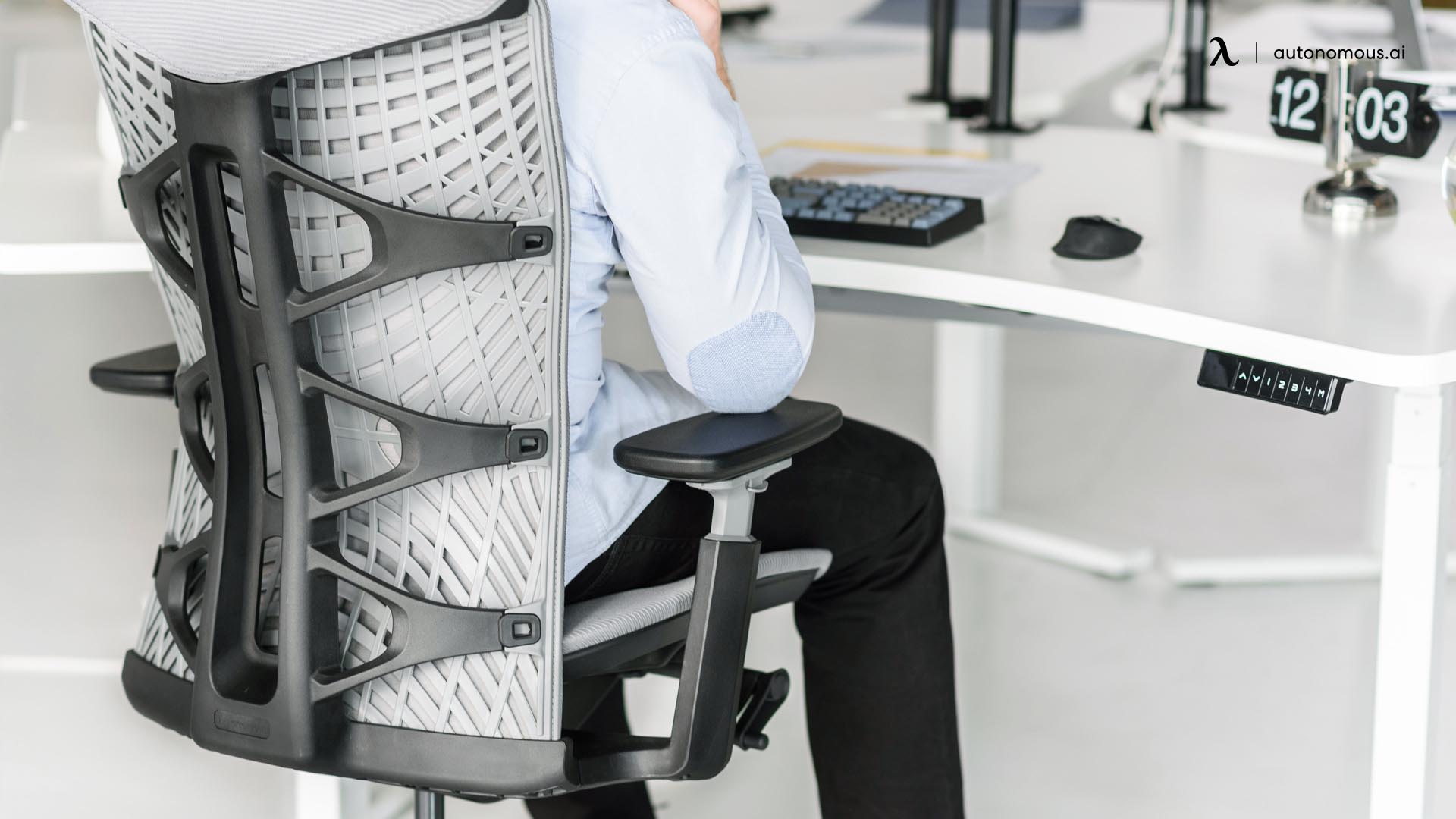Top Chair Features for Software Developers
Selecting the right chair is paramount for software developers, who often spend prolonged hours seated at their workstations. An ergonomically designed chair significantly impacts posture, comfort, and long-term health, directly influencing productivity and overall well-being. The following sections detail crucial chair features and their benefits for this profession.
Ergonomic Features and Their Importance
Ergonomic chair design prioritizes the natural alignment of the spine and minimizes strain on the body. Key features include adjustable lumbar support to maintain the natural curvature of the lower back, adjustable seat height to ensure proper foot placement and thigh support, and adjustable armrests to reduce shoulder and neck tension. Back support, encompassing both lumbar and overall spinal support, is crucial for preventing slouching and maintaining correct posture throughout the workday. The chair’s adjustability allows for personalization to accommodate individual body types and preferences, maximizing comfort and support.
Comparison of Popular Chair Features, Best software developer chair
The following table compares three prevalent features found in ergonomically designed chairs for software developers:
| Feature | Benefits | Drawbacks | Considerations |
|---|---|---|---|
| Adjustable Lumbar Support | Provides customized support for the lower back, reducing strain and promoting proper posture. Allows for personalized adjustment to accommodate individual spinal curves. | May require adjustments throughout the day. Some mechanisms can be less robust than others. | Consider the range of adjustment and the mechanism’s durability. |
| Breathable Mesh Fabric | Enhances airflow, keeping the user cool and comfortable, especially during extended periods of sitting. Reduces perspiration and the discomfort associated with prolonged sitting. | May not provide the same level of cushioning as other materials. Durability can vary depending on the mesh quality. | Evaluate the mesh density and its ability to maintain shape over time. |
| Adjustable Armrests | Reduces strain on the shoulders, neck, and wrists by providing proper arm support. Allows for personalized positioning to accommodate different desk heights and working styles. | May interfere with the user’s ability to move closer to the desk. Some designs may lack sufficient adjustability. | Consider the range of height and width adjustments, and the overall design’s compatibility with your workstation setup. |
Posture and Chair Features
Maintaining proper posture is essential for preventing musculoskeletal issues. A well-designed chair contributes significantly to this. Adjustable lumbar support helps maintain the natural inward curve of the lower back, preventing slouching. Adjustable seat height allows for proper thigh and foot placement, reducing pressure on the legs and promoting a balanced posture. Adjustable armrests ensure that the arms are supported in a relaxed position, preventing shoulder and neck strain. The overall design of the chair should encourage an upright posture with a slight recline, distributing weight evenly across the seat and back.
Long-Term Health Benefits of Ergonomic Chairs
Using an ergonomically designed chair offers numerous long-term health advantages for software developers:
- Reduced Back Pain: Proper lumbar support and overall spinal alignment minimize strain on the back, significantly reducing the risk of developing back pain and related conditions.
- Improved Posture: Ergonomic features encourage proper posture, reducing strain on the neck, shoulders, and back, preventing long-term postural problems.
- Enhanced Comfort: Increased comfort during extended periods of sitting leads to reduced fatigue and improved focus and productivity.
- Prevention of Musculoskeletal Disorders: By minimizing strain and promoting proper body alignment, ergonomic chairs contribute to the prevention of various musculoskeletal disorders common among sedentary workers.
- Increased Productivity: Improved comfort and reduced pain contribute to enhanced concentration and overall productivity.
Popular Chair Types and Their Suitability

Selecting the appropriate chair is paramount for software developers, who often spend extended periods seated at their workstations. The right chair can significantly impact posture, comfort, and overall well-being, directly affecting productivity and reducing the risk of musculoskeletal issues. This section examines three popular chair types, comparing their suitability for the demands of software development.
Chair Type Comparison
The following table summarizes the key characteristics of three common chair types: ergonomic office chairs, gaming chairs, and kneeling chairs. These characteristics are crucial for evaluating their effectiveness in supporting the specific needs of software developers.
| Chair Type | Price Range | Comfort | Adjustability | Suitability for Long Hours |
|---|---|---|---|---|
| Ergonomic Office Chair | $100 – $1000+ | Generally high, with customizable support features. | High; typically features adjustable height, lumbar support, armrests, and headrest. | Excellent; designed for prolonged sitting with proper ergonomic support. |
| Gaming Chair | $100 – $500+ | Can be comfortable for shorter periods, but may lack long-term ergonomic support. | Moderate; typically adjustable height and backrest recline, but may lack lumbar support customization. | Moderate; suitable for shorter sessions, but prolonged use may lead to discomfort and poor posture. |
| Kneeling Chair | $100 – $300 | Comfort varies greatly depending on individual preference and body type. Can be initially uncomfortable for some users. | Low; primarily adjustable height. | Low to Moderate; may not be suitable for all users and may require acclimatization. |
Ergonomic Office Chairs
Ergonomic office chairs are specifically designed to promote proper posture and minimize strain during prolonged sitting. They typically feature adjustable height, lumbar support, armrests, and headrests. Strengths include superior ergonomic design for long-term comfort and reduced risk of back pain. Weaknesses can include a higher price point compared to other options. High-quality ergonomic chairs often incorporate advanced features like adjustable seat depth and tilt mechanisms to cater to individual body types and preferences.
Gaming Chairs
Gaming chairs are designed for extended gaming sessions, prioritizing comfort and aesthetic appeal. While they often offer adjustable height and backrest recline, they may lack the comprehensive ergonomic features of dedicated office chairs. Strengths include their often visually appealing design and comfortable seating for shorter periods. Weaknesses include limited adjustability for proper ergonomic support and potential discomfort during prolonged use. The emphasis on aesthetics may compromise long-term postural support.
Kneeling Chairs
Kneeling chairs encourage an upright posture by placing the user’s weight on their knees and shins, reducing pressure on the lower back. Strengths include the potential to improve posture and reduce back pain for some users. Weaknesses include the potential for discomfort, particularly for individuals unaccustomed to this seating position. They may not be suitable for all users, and prolonged use might lead to discomfort in the knees and shins.
Factors to Consider When Choosing a Chair
Choosing the right chair requires careful consideration of several factors. The optimal chair will depend on individual needs and preferences, alongside practical considerations.
Best software developer chair – The following factors should be carefully weighed:
- Budget: Chair prices vary significantly. Set a realistic budget before starting your search.
- Workspace Size: Consider the available space in your workspace. A large chair may not be suitable for a small room.
- Personal Preferences: Consider personal comfort preferences and any pre-existing back or joint issues. Try out different chairs if possible.
- Adjustability: The chair should offer sufficient adjustability to accommodate individual needs and body types.
- Material and Durability: Choose a chair made from high-quality, durable materials that can withstand daily use.
Maintaining and Extending Chair Lifespan: Best Software Developer Chair

Prolonging the lifespan of a software developer’s chair is crucial for maintaining comfort, productivity, and minimizing replacement costs. Regular maintenance significantly reduces wear and tear, ensuring the chair remains a supportive and functional asset for years to come. This section details practical strategies for preserving both the cleanliness and functionality of your chair.
Chair Cleaning and Maintenance Procedures
Consistent cleaning is paramount to preventing the accumulation of dust, debris, and stains that can degrade the chair’s materials and overall appearance. A proactive approach ensures the chair remains hygienic and aesthetically pleasing. The following step-by-step guide provides a comprehensive cleaning regimen.
- Regular Dusting: Use a soft, dry cloth or a microfiber duster to remove dust and loose particles from all surfaces of the chair, including the backrest, seat, armrests, and base. This should be performed at least once a week.
- Spot Cleaning: Address spills and stains immediately using a clean, damp cloth and a mild detergent. Avoid harsh chemicals or abrasive cleaners that can damage the chair’s fabric or finish. For stubborn stains, consult the manufacturer’s cleaning instructions.
- Deep Cleaning: Perform a more thorough cleaning every few months, depending on usage. Vacuum the chair using a brush attachment to remove deeply embedded dirt and debris. For fabric upholstery, consider using a fabric cleaner specifically designed for the chair’s material.
- Leather Care: If your chair has leather upholstery, use a leather conditioner regularly to maintain its suppleness and prevent cracking. Follow the manufacturer’s recommendations for specific leather care products.
- Mechanism Lubrication: Periodically lubricate the chair’s adjustment mechanisms (height, tilt, etc.) with a silicone-based lubricant to ensure smooth and effortless operation. This prevents squeaking and extends the life of the moving parts.
Importance of Preventative Maintenance
Neglecting regular chair maintenance accelerates wear and tear, leading to premature failure of components and compromising the chair’s structural integrity. This can manifest in various ways, including weakened frames, torn upholstery, malfunctioning mechanisms, and overall discomfort. Proactive maintenance minimizes these risks, maximizing the chair’s lifespan and return on investment. For instance, consistent dusting prevents the accumulation of dust that can gradually abrade fabric fibers, leading to premature wear. Similarly, timely lubrication of moving parts prevents friction-induced damage and squeaking noises.
Common Chair Problems, Causes, Solutions, and Preventative Measures
Understanding common chair problems and their causes is vital for effective troubleshooting and preventative maintenance. The following table summarizes these key aspects.
| Problem | Cause | Solution | Preventative Measures |
|---|---|---|---|
| Squeaking noises | Lack of lubrication in moving parts | Apply silicone-based lubricant to moving parts | Regular lubrication of mechanisms |
| Torn upholstery | Sharp objects, excessive wear and tear | Patch or replace damaged upholstery (if possible) | Avoid placing sharp objects on the chair; use chair covers |
| Weakened frame | Excessive weight, improper usage | Reinforce the frame (if possible) or replace the chair | Avoid exceeding the chair’s weight limit; use the chair as intended |
| Malfunctioning adjustment mechanisms | Wear and tear, lack of lubrication | Lubricate the mechanisms; replace damaged parts (if possible) | Regular lubrication; avoid forcing mechanisms |
| Stains and discoloration | Spills, lack of cleaning | Spot clean or deep clean the chair using appropriate cleaning agents | Immediate cleaning of spills; regular cleaning |
